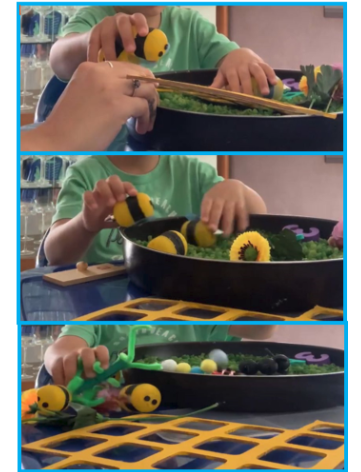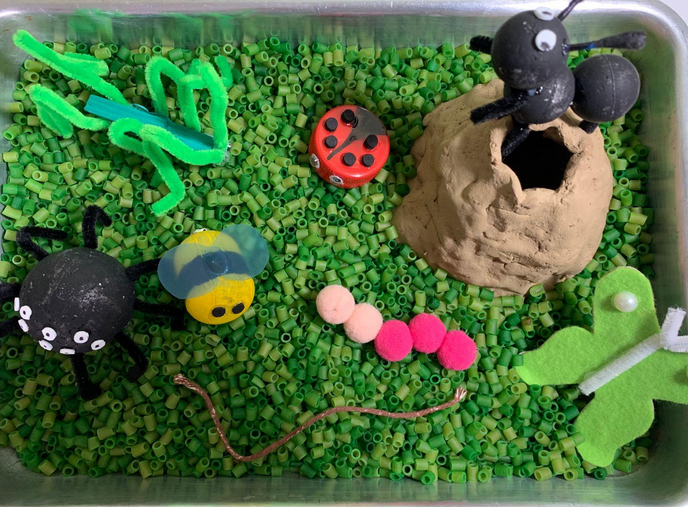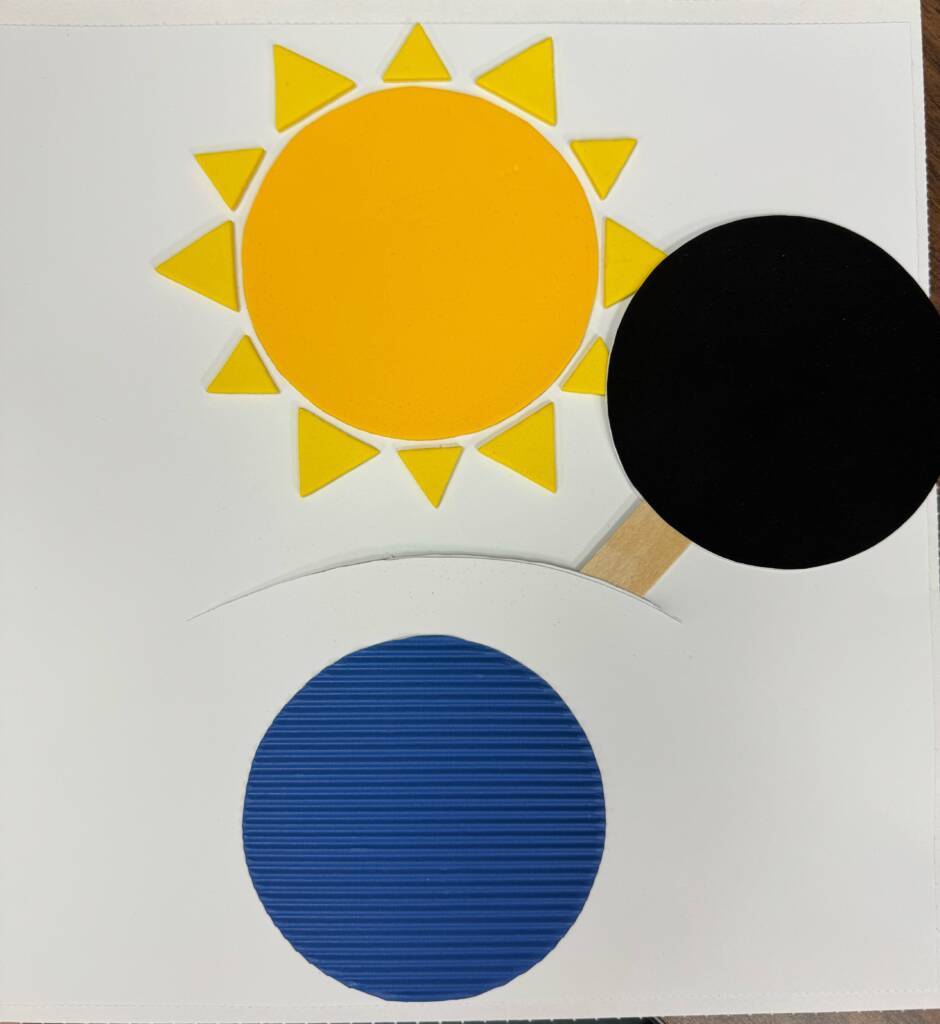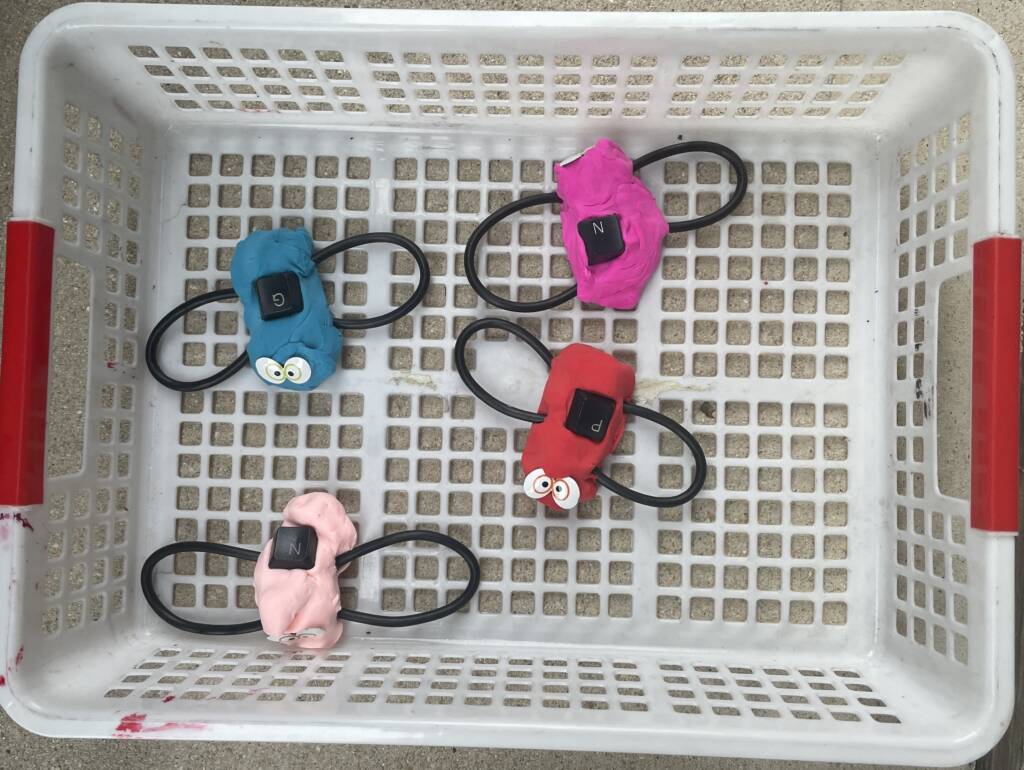It is unquestionable that children with visual impairments end up missing some of the incidental learning throughout their daily experiences, and this might be leading to moments of them not showing interest in what has been discussed, lack of participation in the conversations with pairs or similar situations. One way of changing this reality, is to prepare with the classroom teacher by anticipating the subject that will be presented to the class. It’s important to make clear that we don’t have the intention of stepping over the teacher’s plans and take her place as the person who is going to execute the activities, we want to provide previous general knowledge of the subject only.
In the example below, the topic to be first discussed with the whole class (4-years-old ones) is “garden animals”. The teacher expects children to answer questions like:
- Do you have a garden in your house?
- Do you know any animals that live in your garden?
- What are some characteristics of these animals?
- What do they eat?
- Do they build their own houses?
Knowing this, we can build a sensory bin and work infinite skills with it. I’ve been noticing with the child I work with that he gets easily bored with things made of plastics, so I had the idea to make the animals out of different materials, including recyclables. Here is a list of some things you can use:
- Fabric
- Flexible EVA
- Cardbox
- Pipe cleaners
- Pompoms
- String
- Bottle caps
- Clay
- Fake grass and flowers
- Raw pasta
- Food coloring
- Styrofoam balls
In this activity, we will be working with the animal “formiga” (ant), its first letter, where it lives, its characteristics, and how many of it that we have in the garden. Kids can explore the items before placing them into the bin. The anthill was made with clay and the ant with styrofoam balls painted in black. For the legs I used pipe cleaners and cotton swabs for the antennas. The braille letters were made out of flexible EVA and pearls.
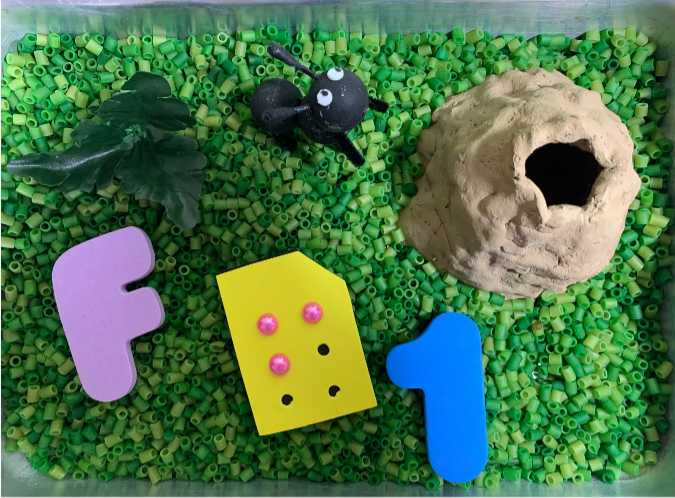
Below we have more examples with bees (abelha) and a spider (aranha) to work in the same way.
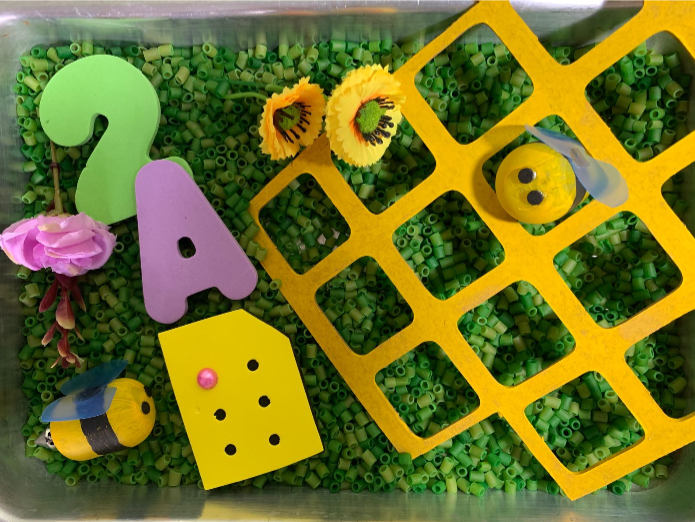
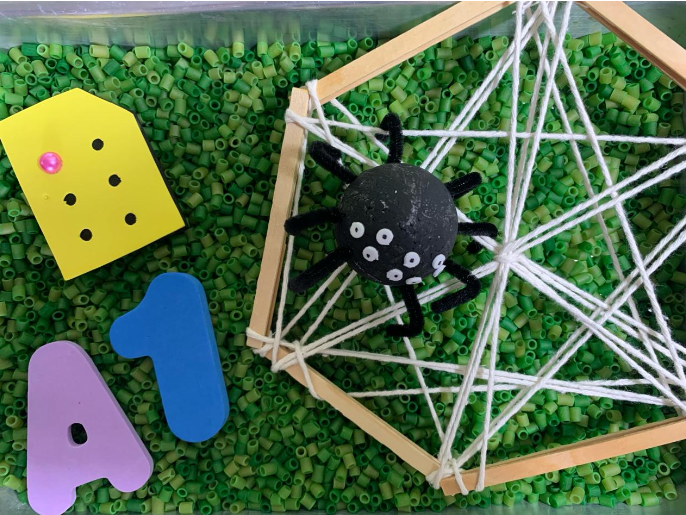
Other skills we might be able to work with this bin are:
- sorting different x same
- matching the animal and its home
- matching the animal and its first letter
- asking the child to pick specific animals out of a group
- describe the characteristics and ask the child to pick the animal that matches the description
- pick animals from outside and put them inside (and vice-versa)
- pick animals from left/right to put them inside/outside
- count the total amount of animals in the bin
